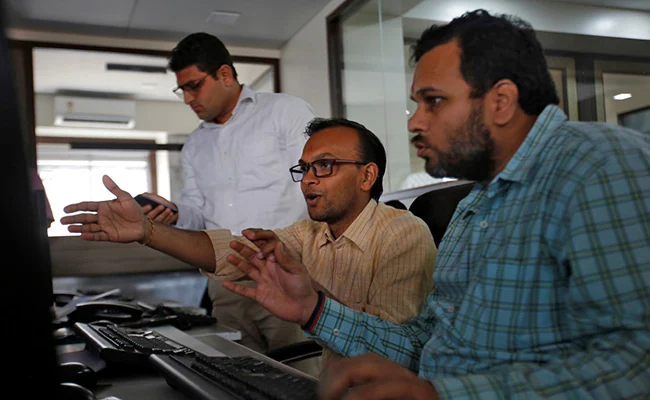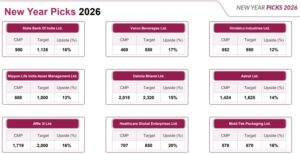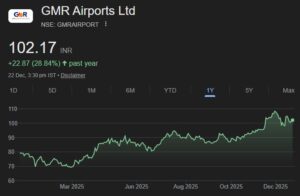
Scalper Vijay Thakre is familiar to us. He was in the news a few days ago for reporting an income of Rs. 2.16 crore in the period from 1st April 2022 to 31st March 2023. The earnings are verified by Zerodha. The capital deployed in the trade was only Rs 1 crore which means that the RoI is in excess of 200% (see Options Trader Reports Verified Earnings Of Rs 2.16 Cr on Capital of Rs 1 Cr. He Has Explained His Trading Strategy).
To showcase his trading skills, Thakre arranged a free live trading session on 24th May and 25th May in which he explained how traders should analyze the market, understand its trend and buy or sell options accordingly. The session was attended by about 4000 participants.
The trading sessions were quite successful. The first day yielded a gain of Rs 2.35 lakh while the second day yielded a gain of Rs 1.50 lakh (or thereabouts). The total capital deployed on each day was about Rs 7.5 lakh.
The market repeats the same patterns. If you know it well, you can reasonably predict it
Thakre explained that each Index and stock has its own peculiar idiosyncrasy. Its behaviour of how it rises or falls can be predicted with reasonable accuracy by knowledgeable persons.
He pointed out that he had himself invested the past seven years in conducting a minute study of the Bank Nifty’s behavior and understanding its various nuances.
He urged traders to focus on any one instrument and master its behaviour thoroughly. They should develop a deep understanding of the various levels of support and resistance and how the instrument respects these levels and reacts when it approaches them. They should also be well aware of the behaviour when important levels like the Previous Day’s High and Low are approached.
He also stated that before and during the trading session, he repeatedly checks the charts on various time-frames such as 5 minute, 15 minute, hourly, daily etc. He also keeps an eye on the Open Interest to see who is dominating the market. The global indices such as the DOW, DAX etc are also periodically monitored.
He has four screens on which he has a number of technical indicators such as the VWAP, Exponential Moving Averages (EMA), MACD etc. Each of these are carefully monitored to decipher the direction of the market.
Prepare a trading plan before the market opens
Thakre showed a chart in which he had marked all the important levels and had decided that he would buy or sell only if those levels were breached. If the Index stayed within those levels and did not breakout or breakdown, it was a no-trading zone.
He advised traders to formulate their own trading plan before the start of the market as that would provide clarity of thinking and also prevent the taking of random and whimsical trades.
Come to the market to learn & to implement correct processes; not to earn profit
Thakre emphasized that the attitude with which people enter the stock market plays a pivotal role in their success or failure. People who come in with the predetermined motive to make money are destined to fail. They are essentially gamblers betting on Hero-Zero trades. On the other hand, people whose objective is to learn the trading techniques and implement the correct processes are more likely to succeed in the medium to long-term. Such people also learn from their mistakes.
Thakre subtly drew attention to the various queries from the participants that were flooding the live chat. Most were frivolous and showed a non-serious attitude to trading. They were obsessed with the MTM gains. Only a handful asked pertinent questions as to why certain trades were taken or omitted, how the targets and stop losses were fixed etc.
“The live chat shows why 90% of the traders fail,” he remarked.
Keep position size low. Withdraw profits & invest in other assets
Thakre pointed out that most traders are unable to hold their positions for as long as necessary because they are nervous about their position sizing. In their greed to get rich fast, they take outsized bets. This makes them anxious to either book small profits or exit at a loss before the trade matures.
He emphasized that in his own case, though his trading capital is about Rs 1 crore, the funds allocated to trading on each day does not exceed Rs 10 lakh.
Also, the profits made on trading are immediately withdrawn from the account and invested in other assets including blue-chip stocks.
He also has a pre-determined stop loss for each trade and loss for the day (1% of the capital). The profit target is also pre-decided. This enables him to confidently hold the trade and controls overtrading.
Scalp small profits. Be modest in your expectations
Trading can be either on a daily time-frame or on a positional basis. Day trading has to be fast and for small targets of up to 20 points and a similar stop loss, Thakre said.
One of the advantages of day-trading is that the risk of an overnight gap-up or gap-down are avoided. The disadvantage is that one has to be glued to the screen and stay alert for small opportunities that may or may not come by. Also, one has to punch multiple orders of buy and sell.
It is to be noted that the large number of trades entails high costs such as brokerage, SEBI fees, turnover charges, stamp duty, GST etc. The charges are about Rs 1000 for every ten lakh of turnover, he added.
Accept losses
Thakre cautioned that even the most experienced traders suffer losses and have long periods of drawdown. He fairly disclosed that he is himself presently undergoing a drawdown of about 10-15% of his trading capital. He also stated that while the live trading sessions had gone well, the previous few sessions had been mediocre. Traders were advised to be prepared for all outcomes, especially the unfavourable ones.





